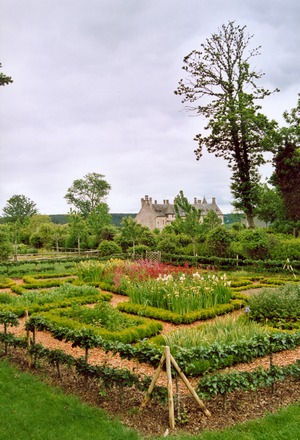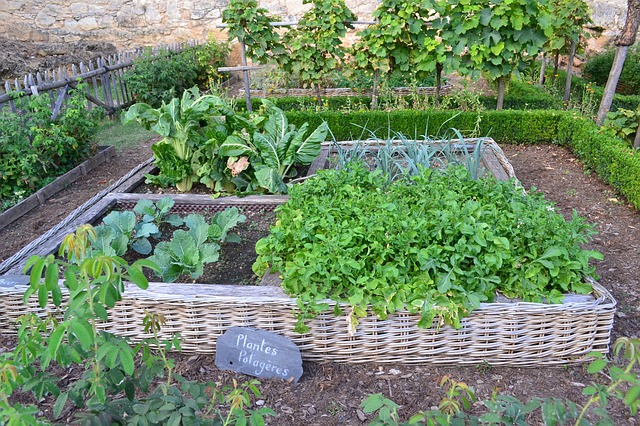A Bed to Plant In
March 9, 2022
The medieval rectangular bed layout is attractive and easy to design. It's fairly flexible and can be adapted to many growing situations.
Medieval gardens were generally surrounded by a fence and the beds inside were made square or rectangular with wide paths between them.

The beds themselves were fenced to protect the plants inside from animals and unobservant passersby who might trample the delicate plants they contained. Often these beds were raised.

This layout is familiar to most of us. Many modern gardens use the same design. It's easy to lay out and expand. The straightforward layout can help you keep track of crop rotation schedules. The rectangular beds make using season extenders easier. There may be more efficient ways to use garden space but few are as simple to plan and build.

Rectangular beds make it easy to reach your plants without stepping on them. The length of a rectangular bed is up to you and your needs but the width is always dictated by the gardeners' reach. Usually, a bed four feet wide allows the gardener to reach every plant in the bed from the path without stepping into the bed and compacting the soil.
Raising the rectangular bed adds more advantages. The raised bed warms up earlier in the year than a flat bed. It's easier to reach and it provides another bit of protection against wild animals.
It was common to see wattle fencing as both a fence around the garden itself and as edging around the beds. It was easy to make and materials were readily available to most people. This is an excellent tutorial video on making raised wattle beds.
You can make a garden of as many beds as you desire. Just be sure to make the paths between your beds wide enough to allow a person to easily pass through with a wheelbarrow. You can put your beds in rigid rows all lined up in a single direction or you can put some at angles to others. Whatever pleases you.
For more information on the uses of willow around the home place and some how-tos to get you started see my post "Willows in the World" and "A Pot to Cook In".
Thanks for stopping by!
